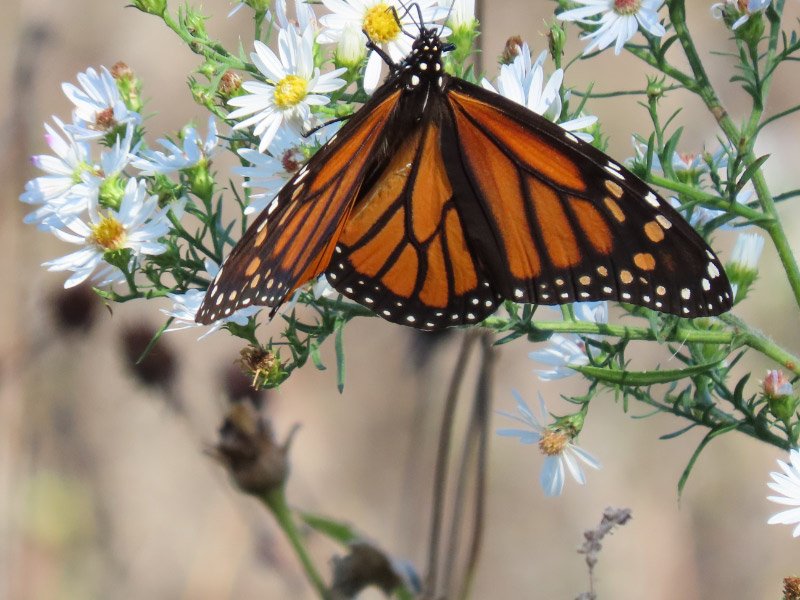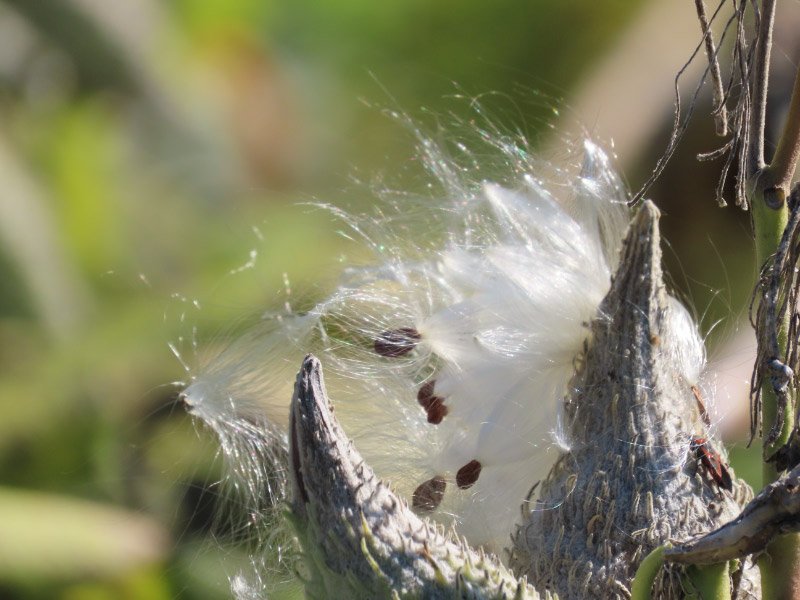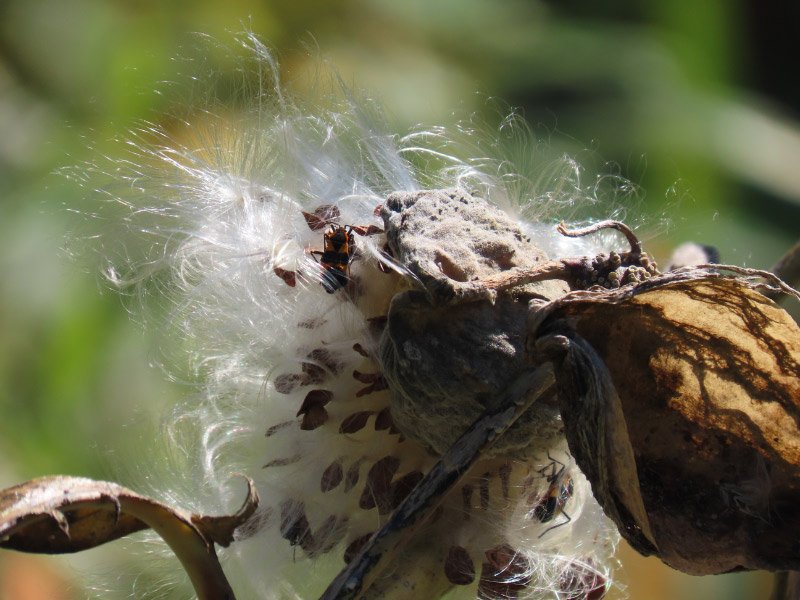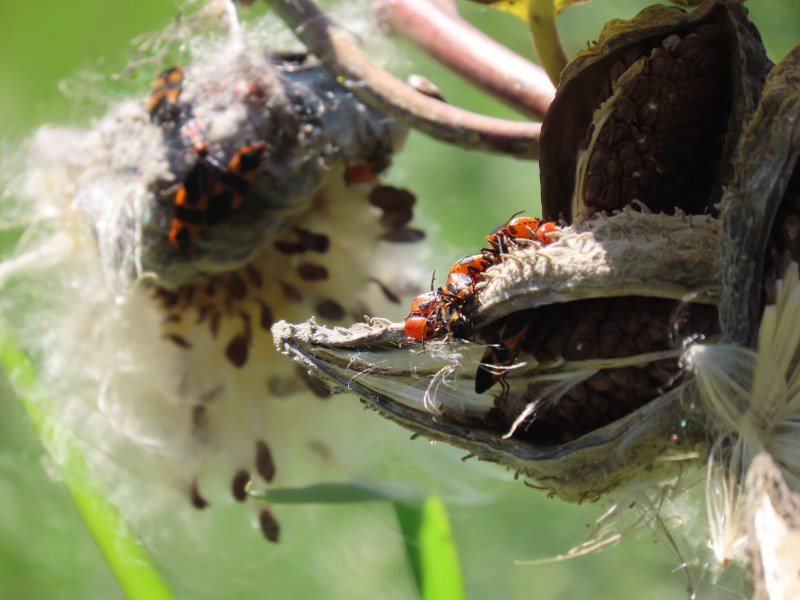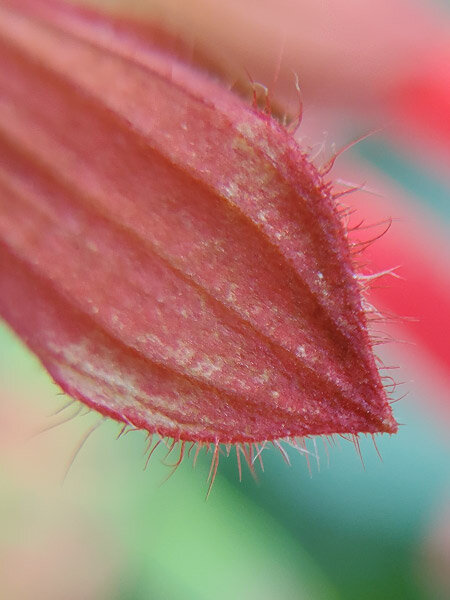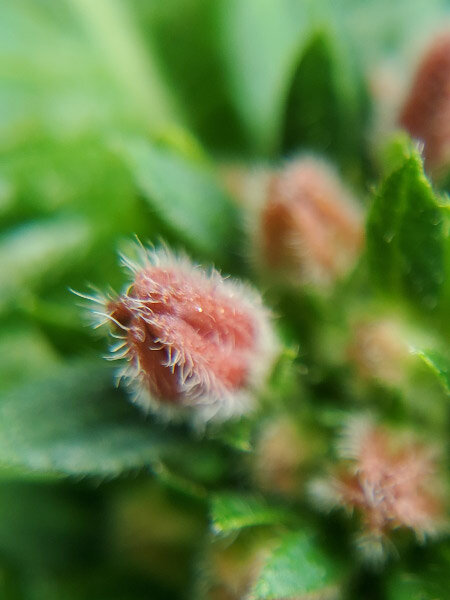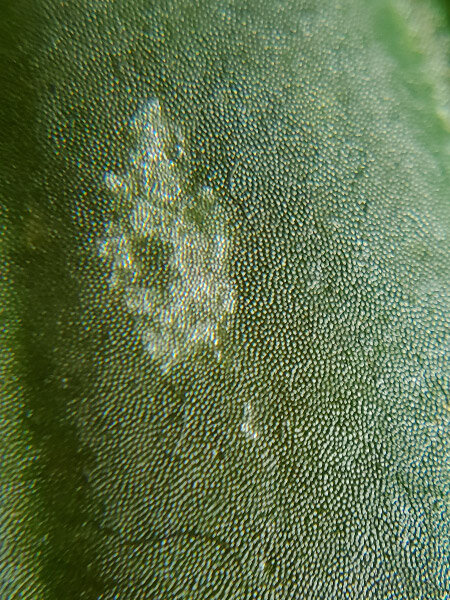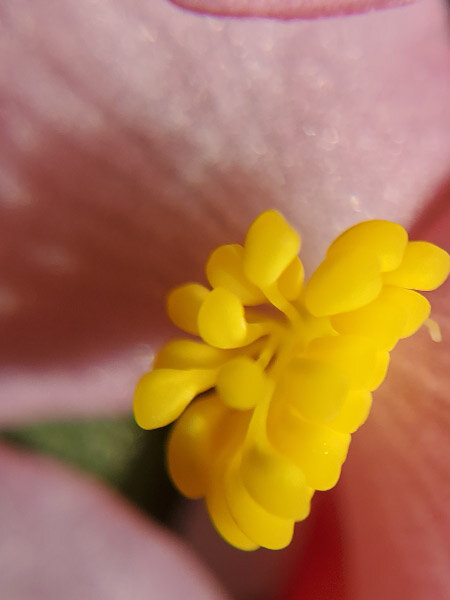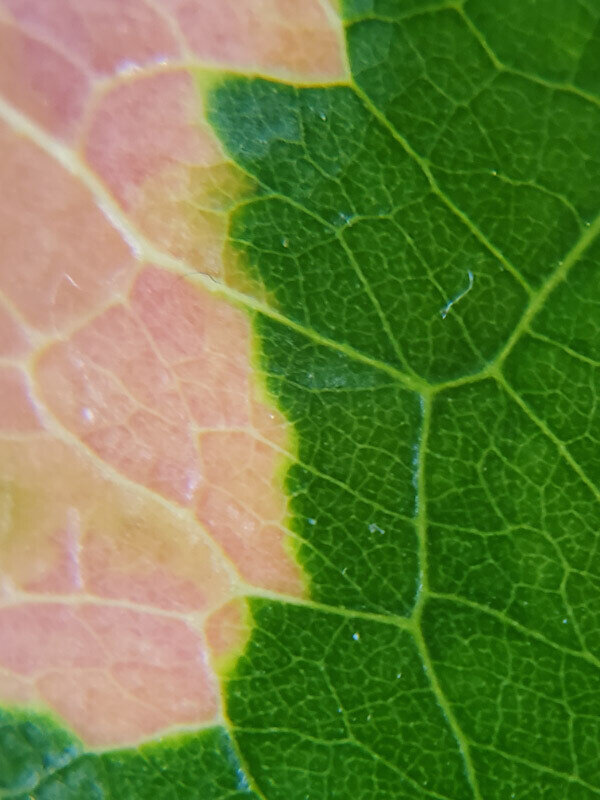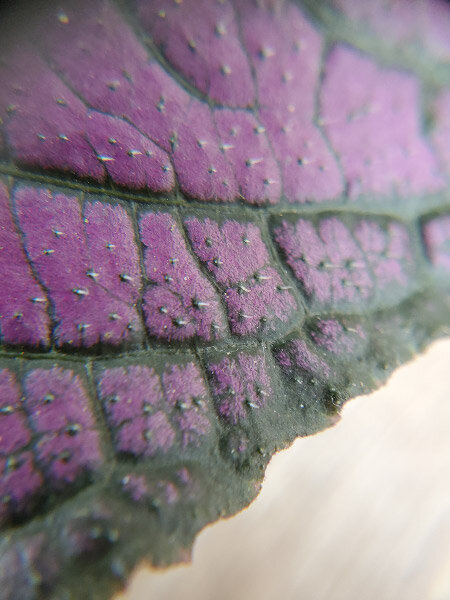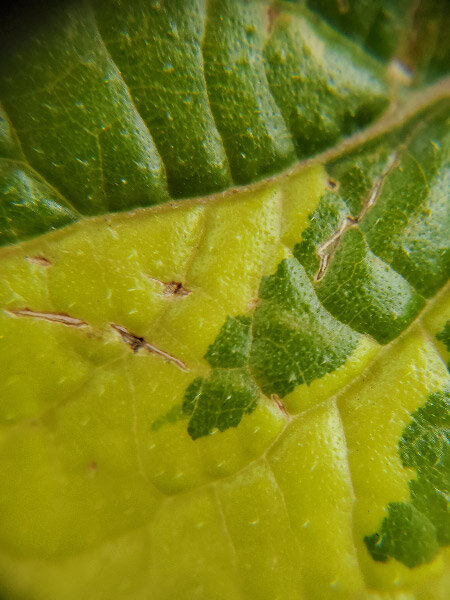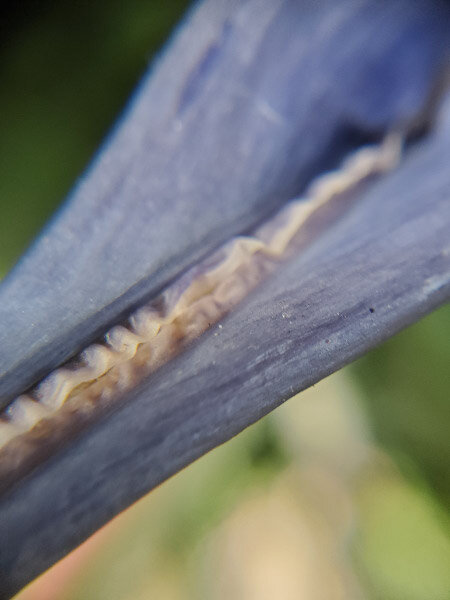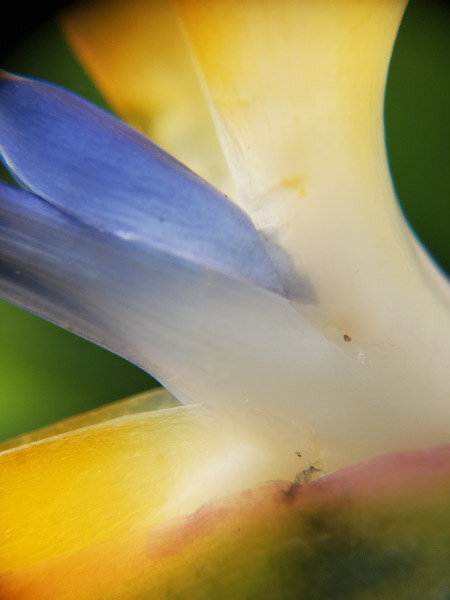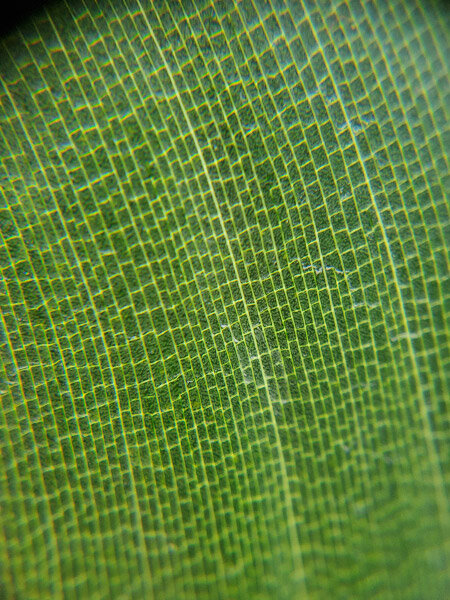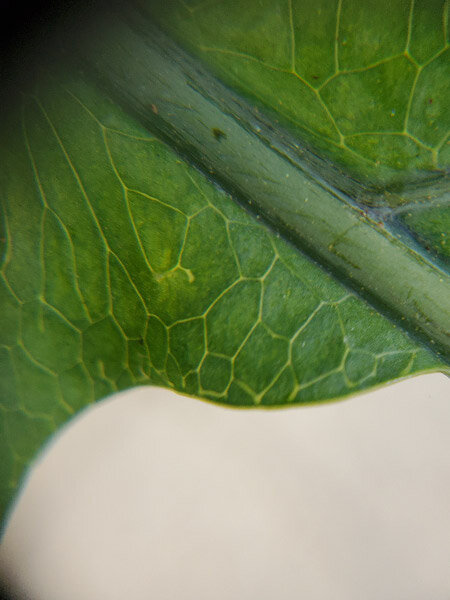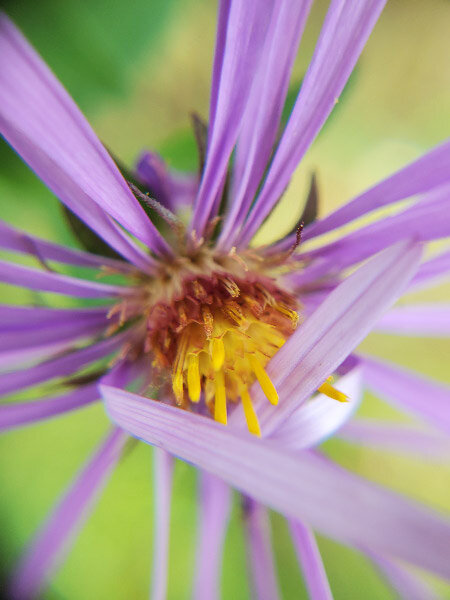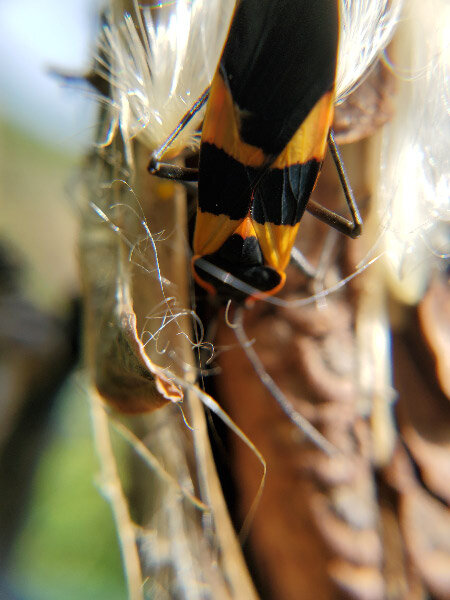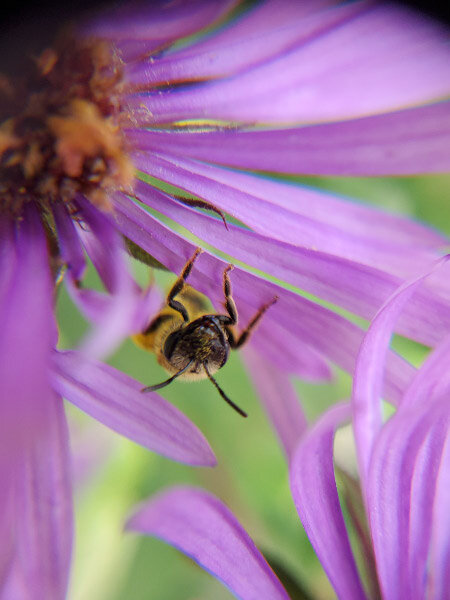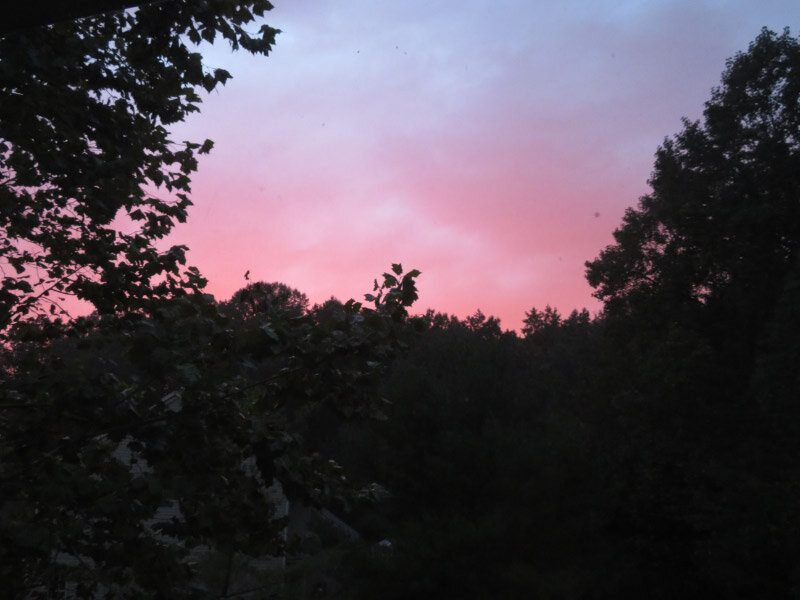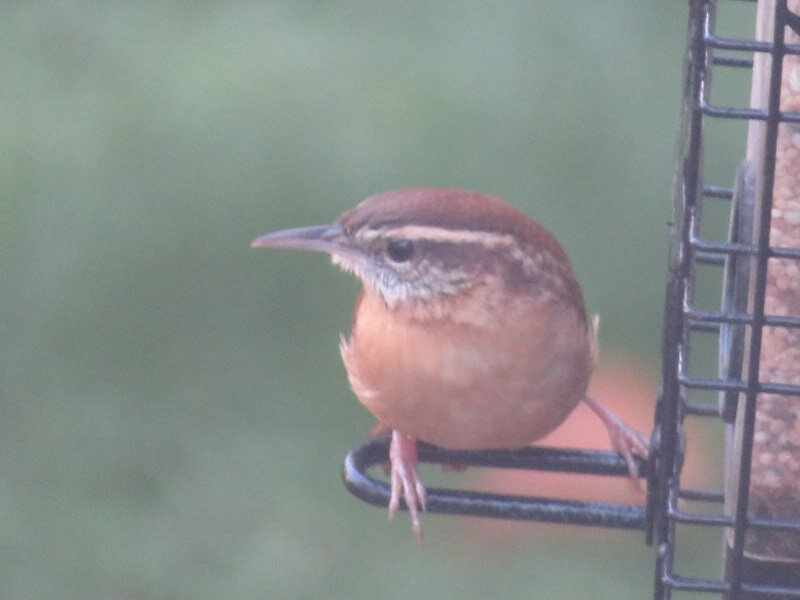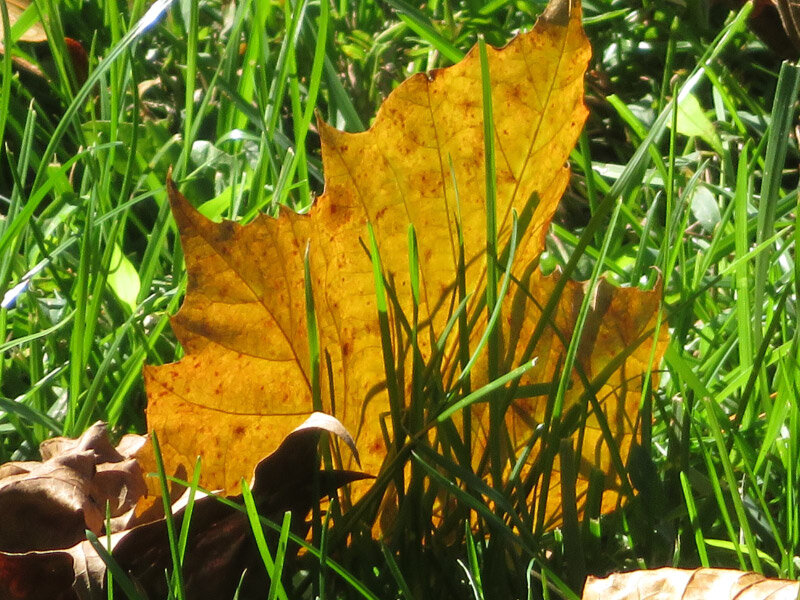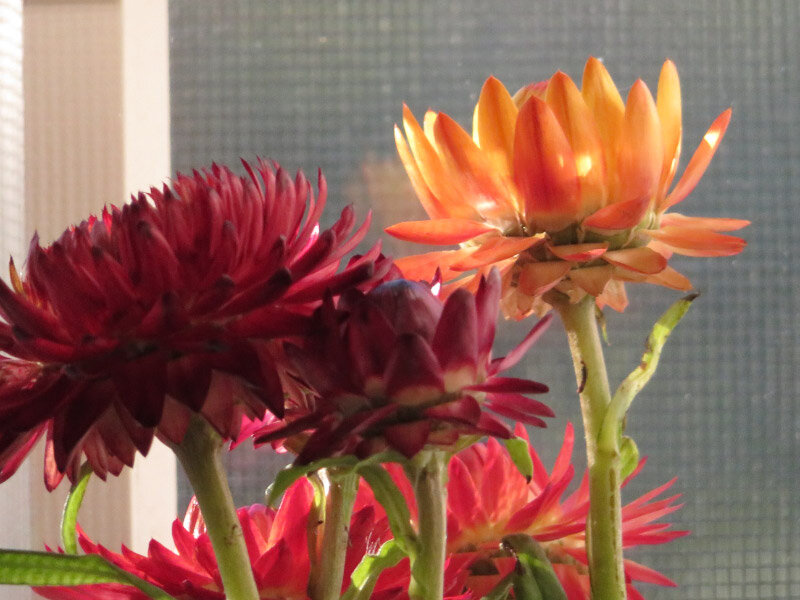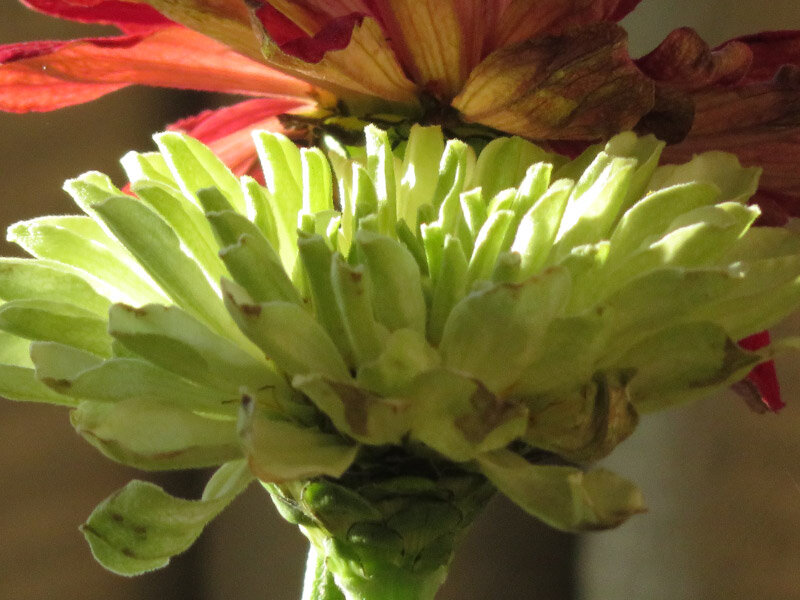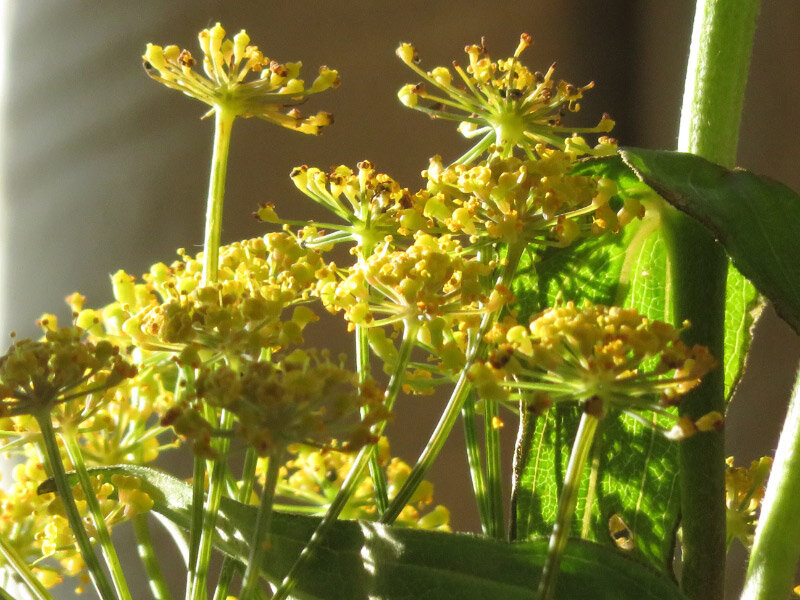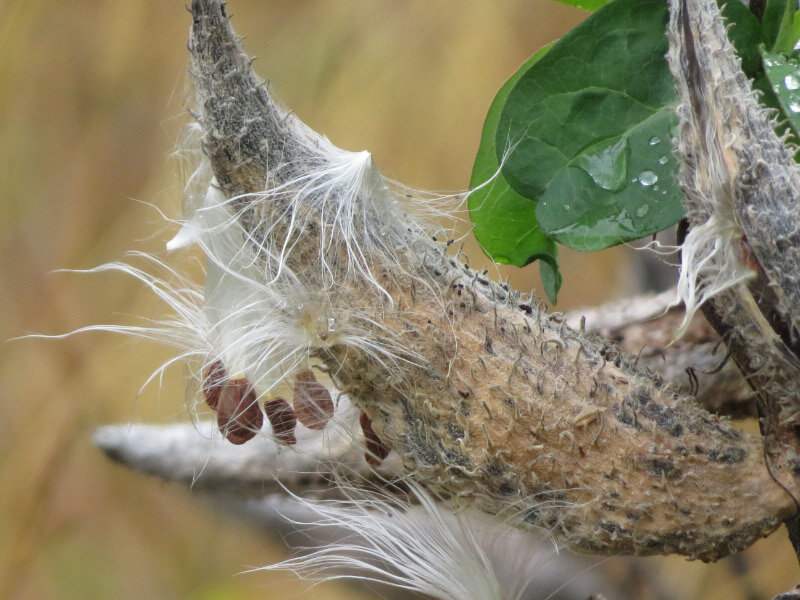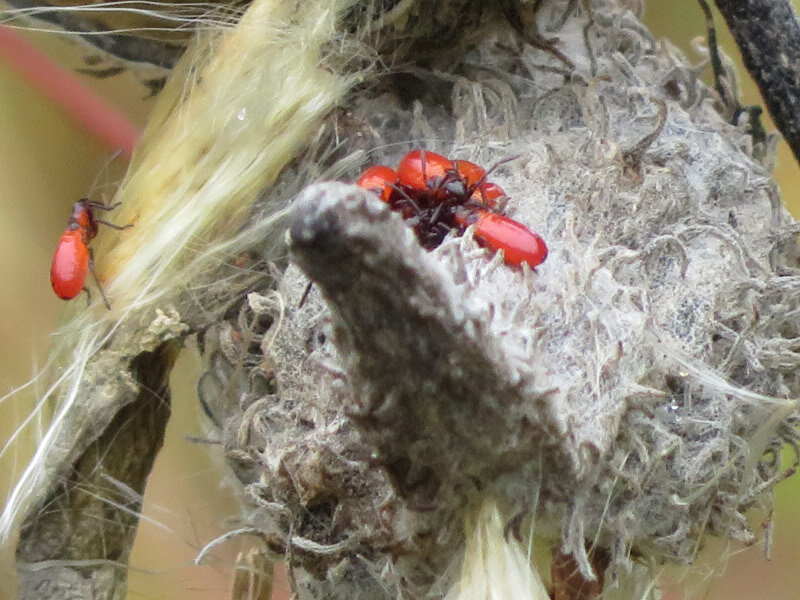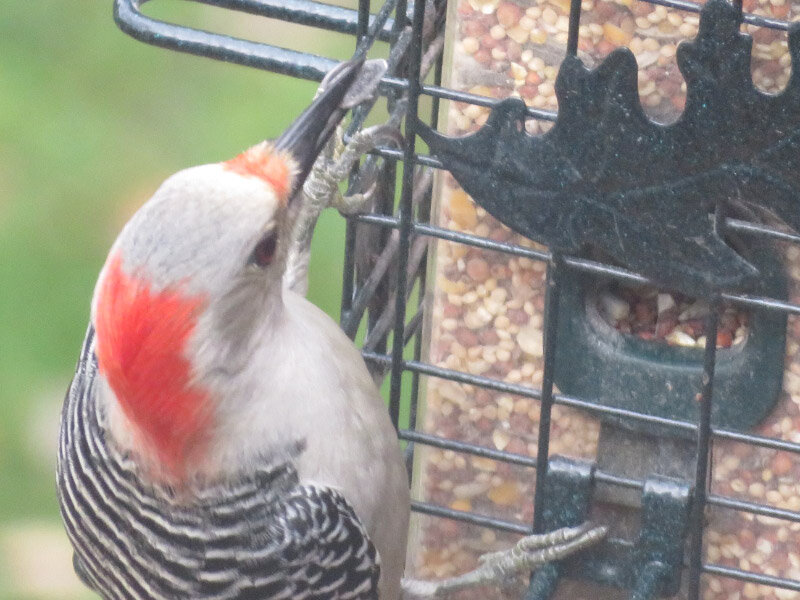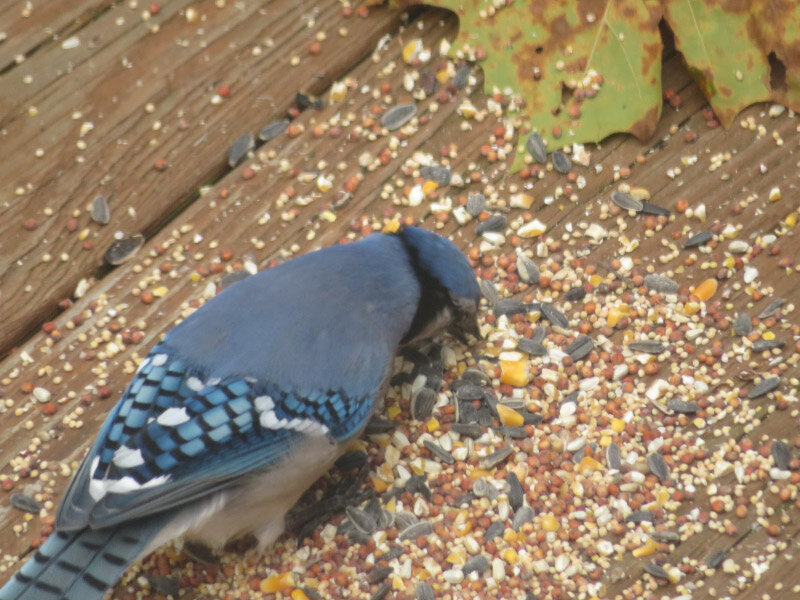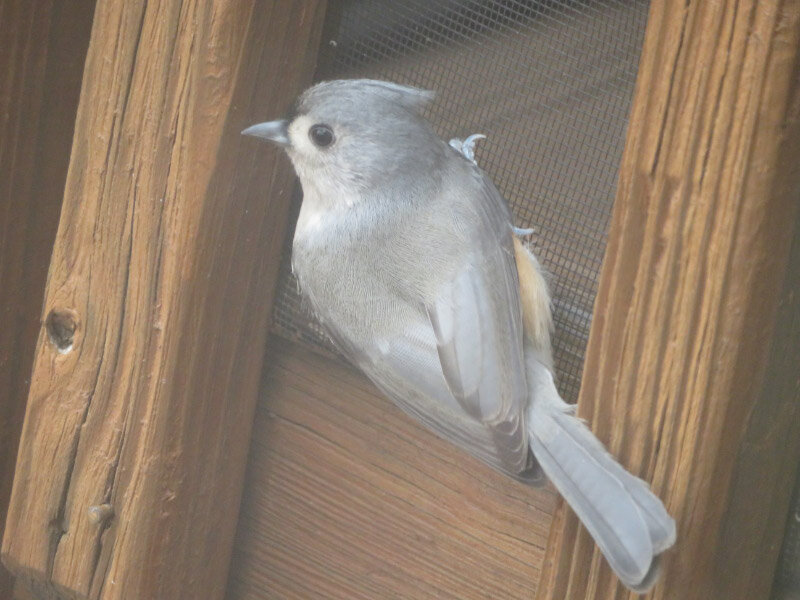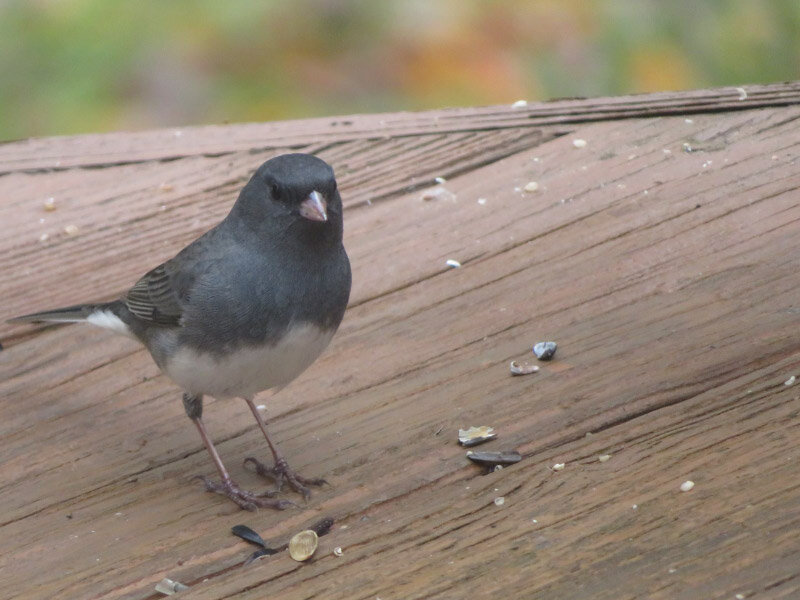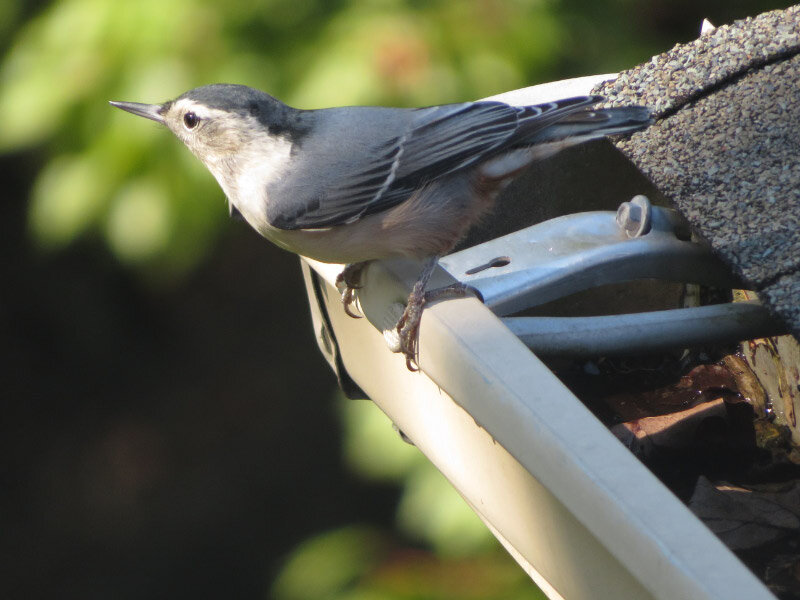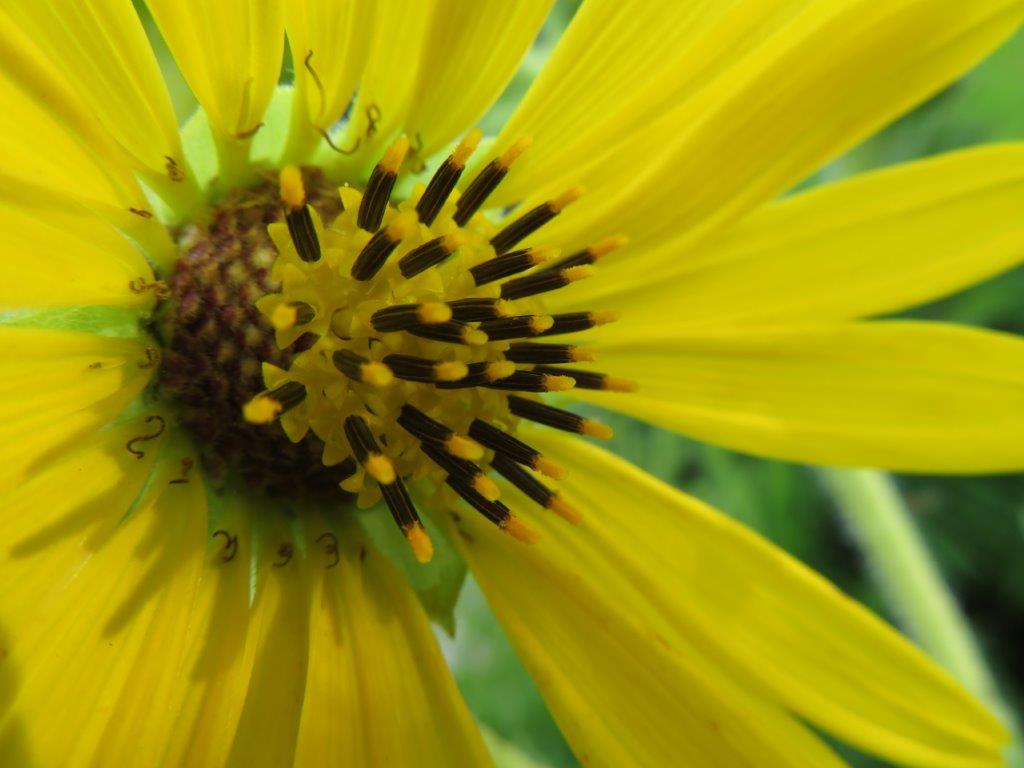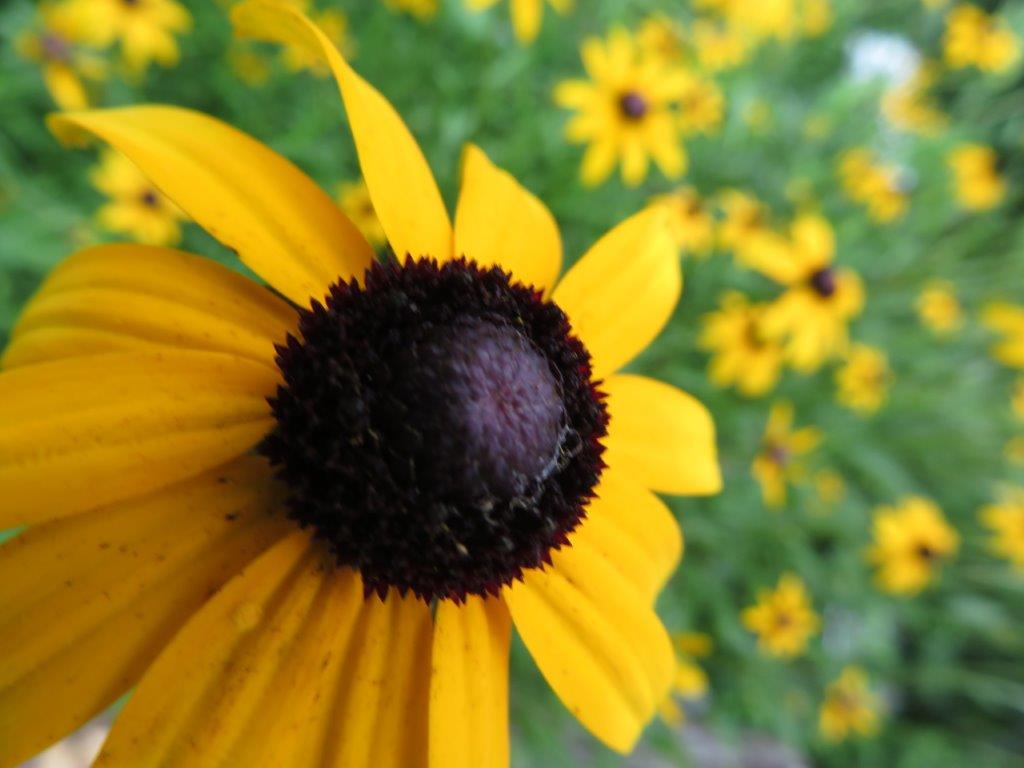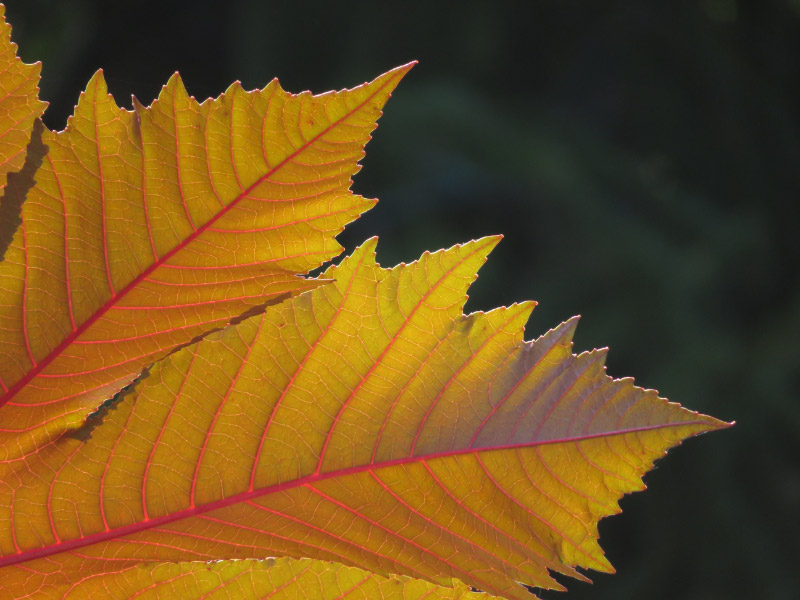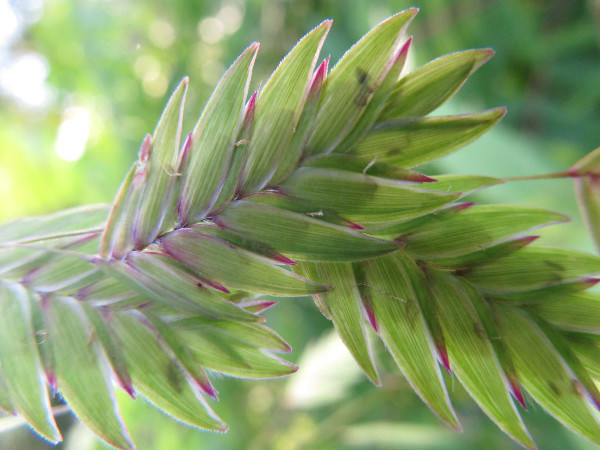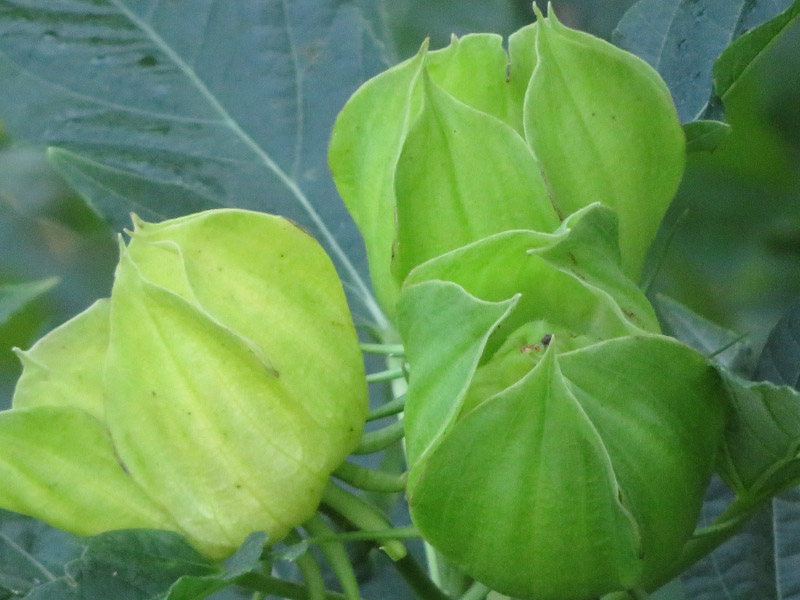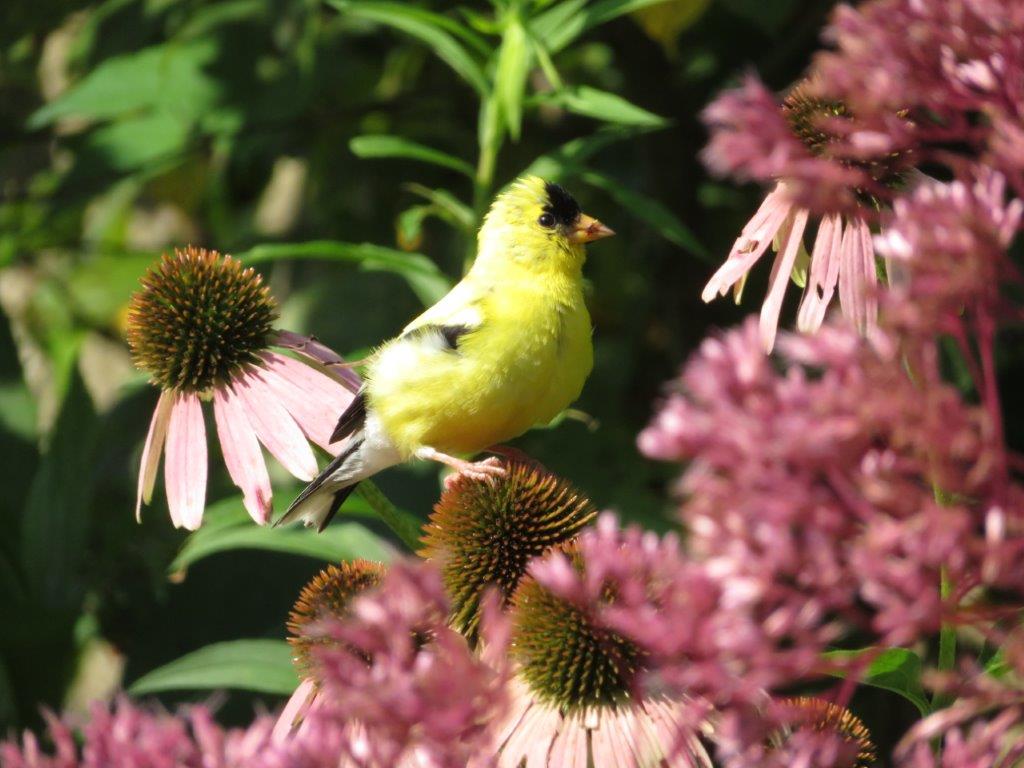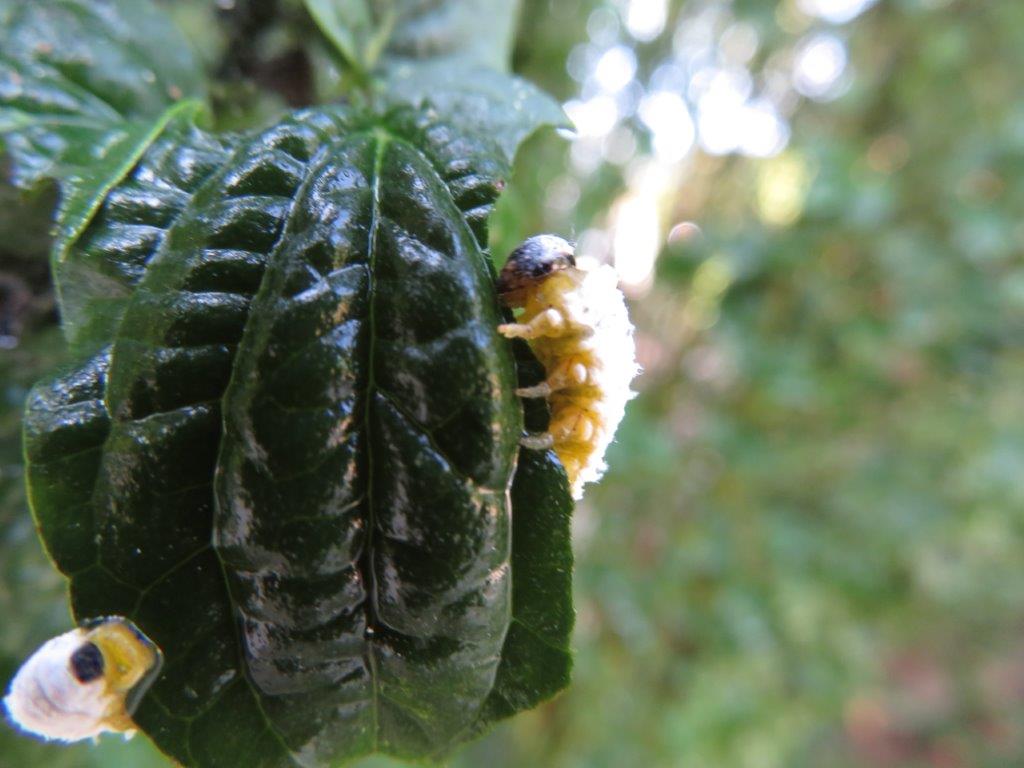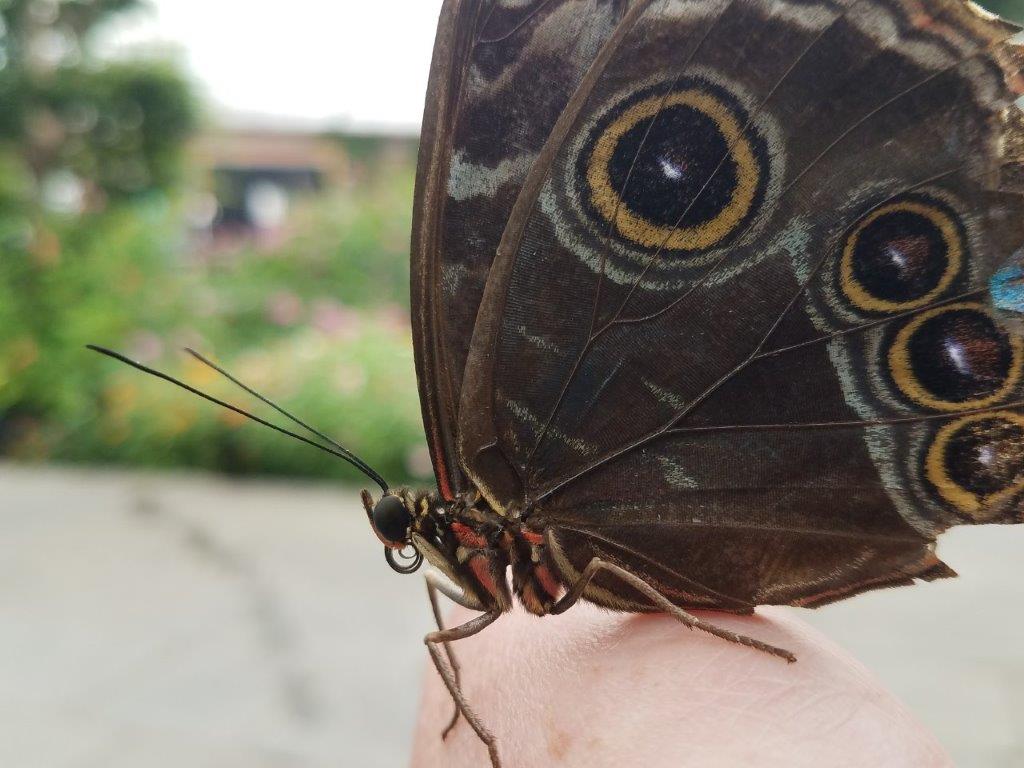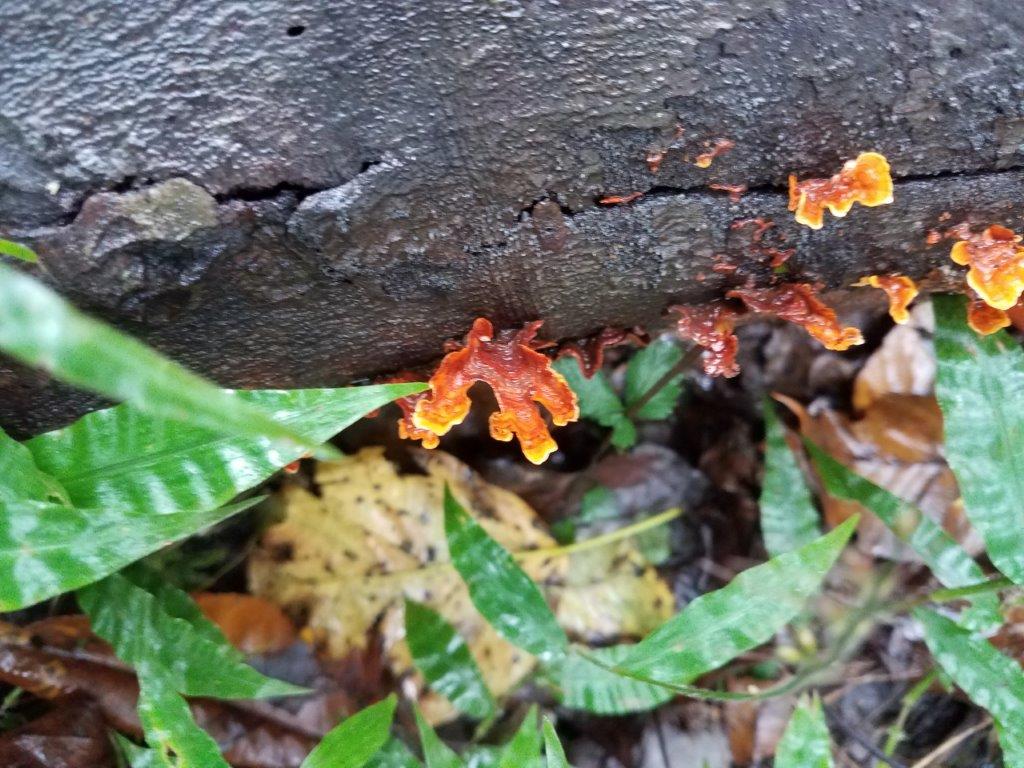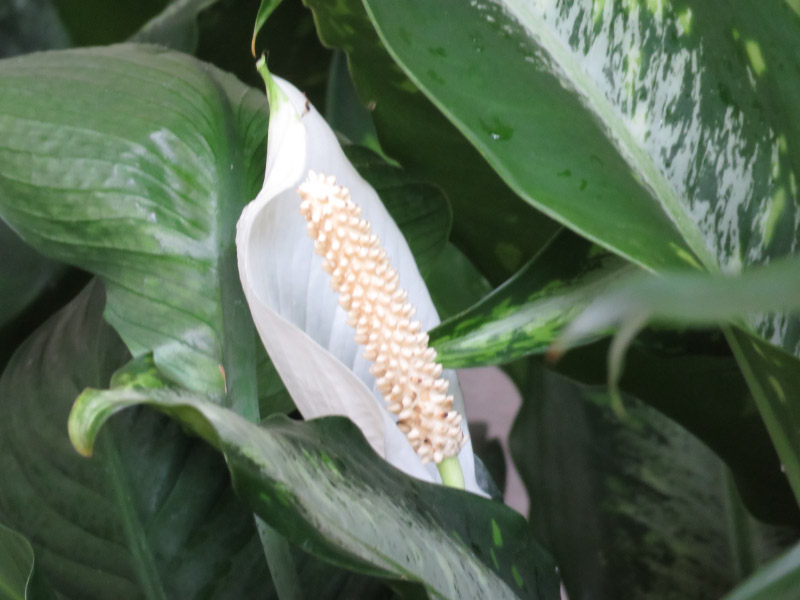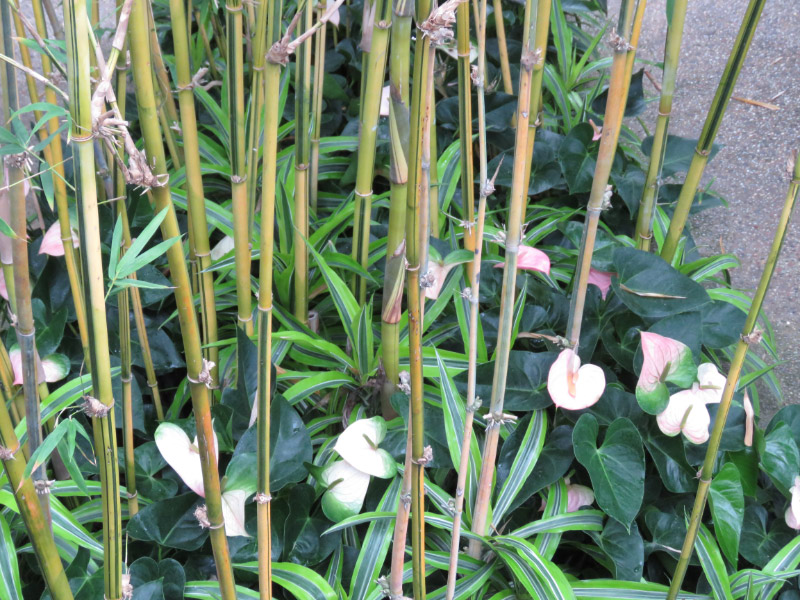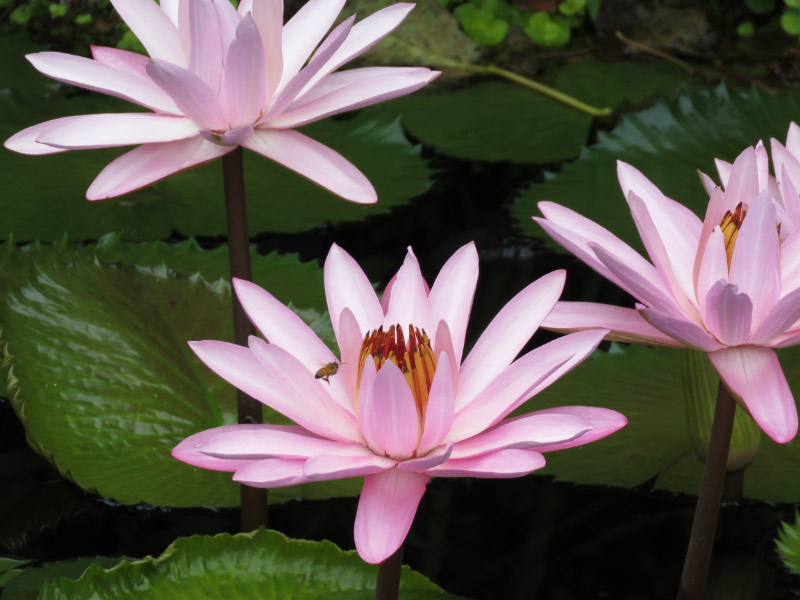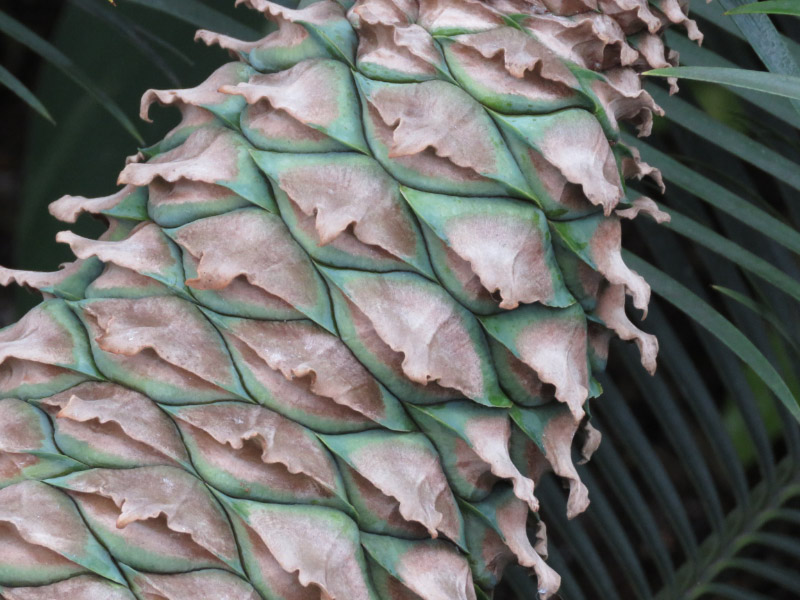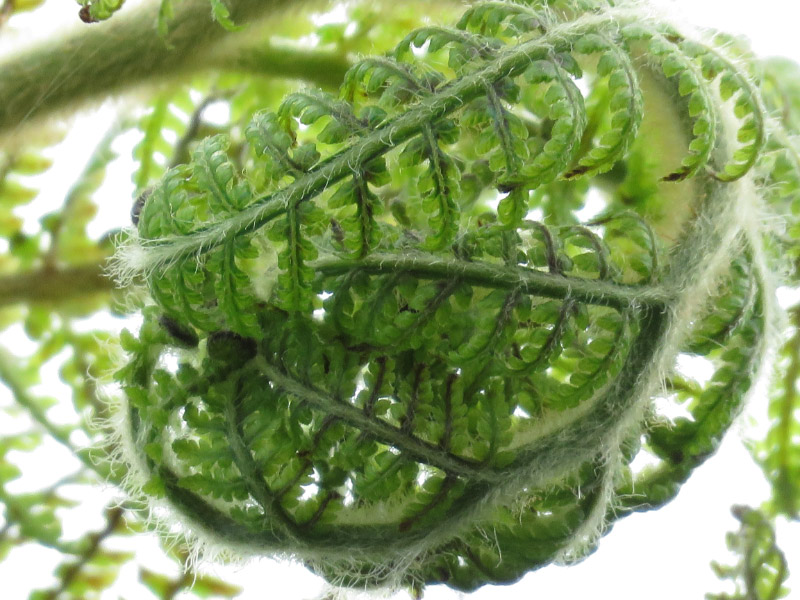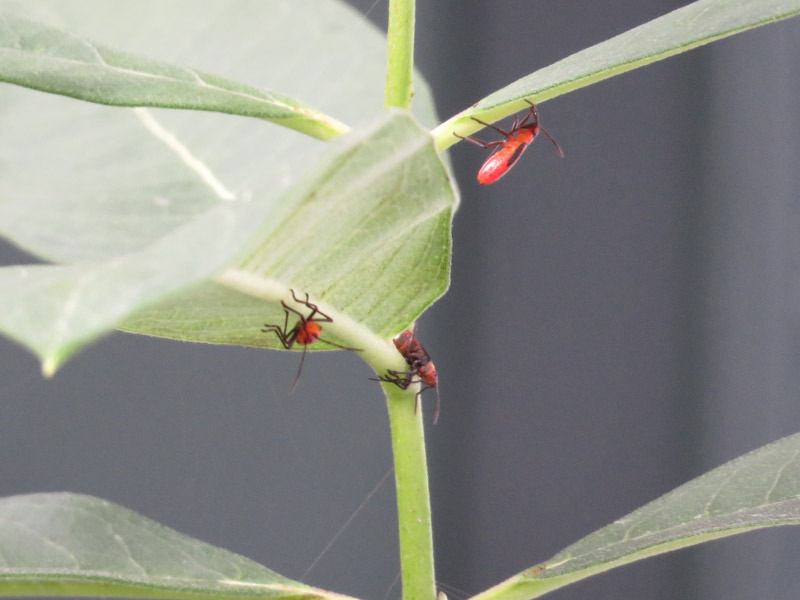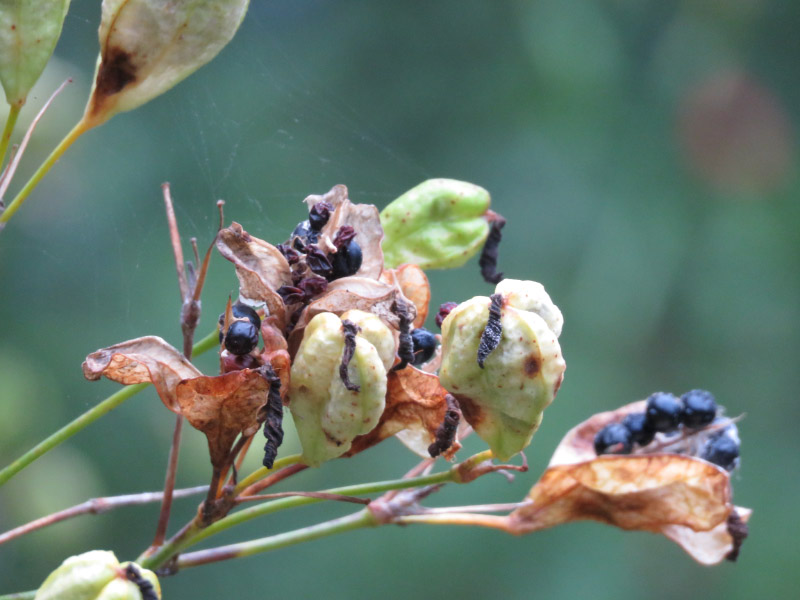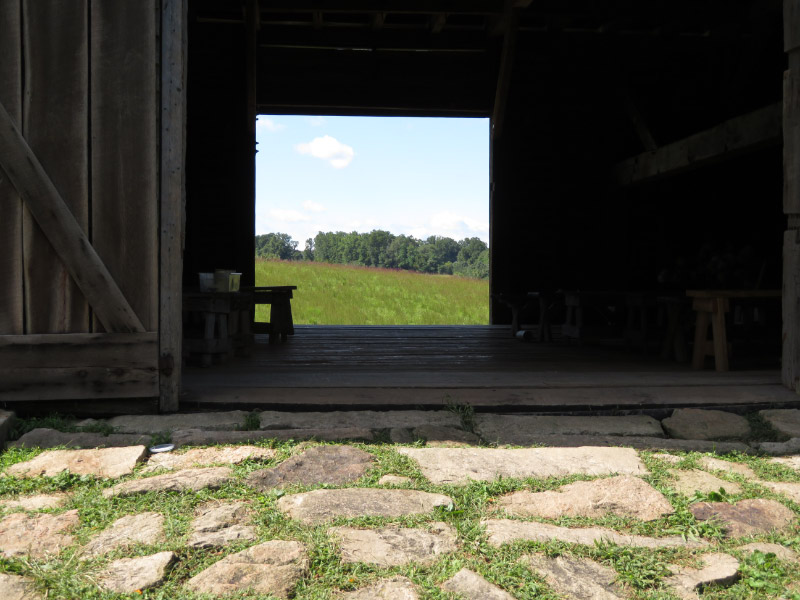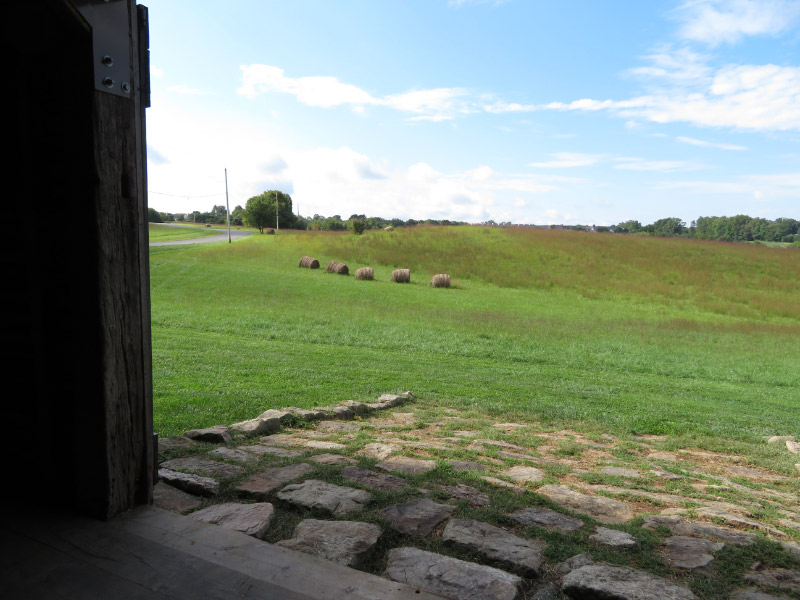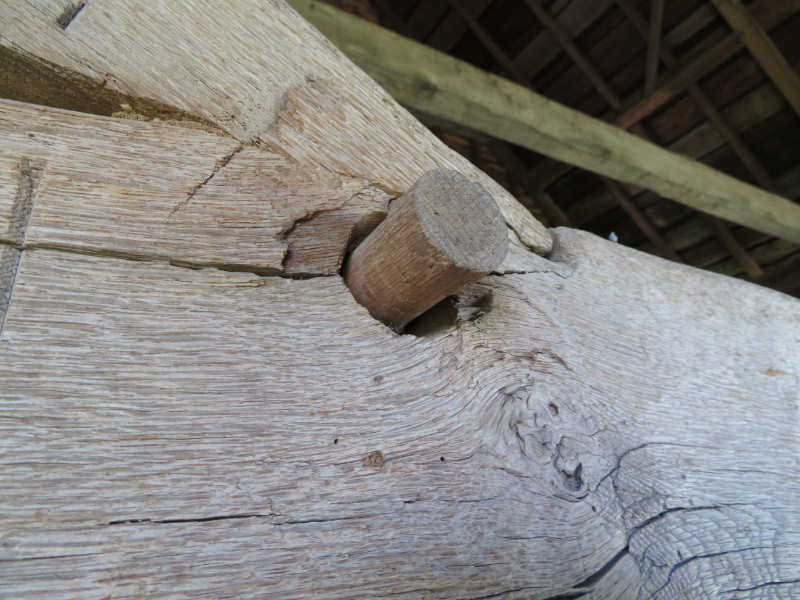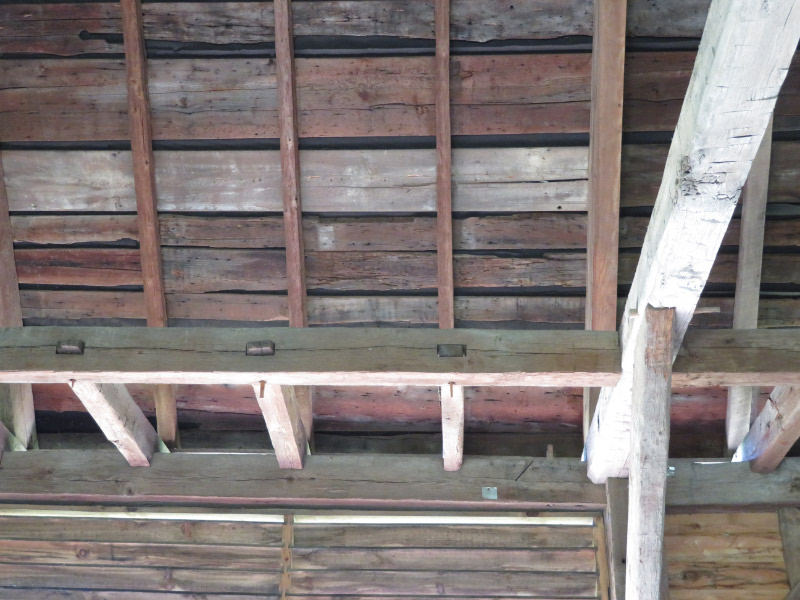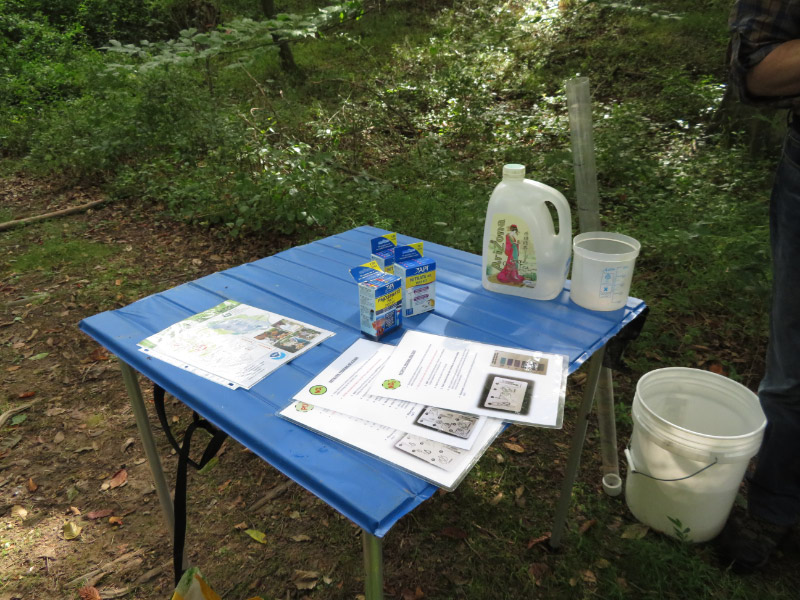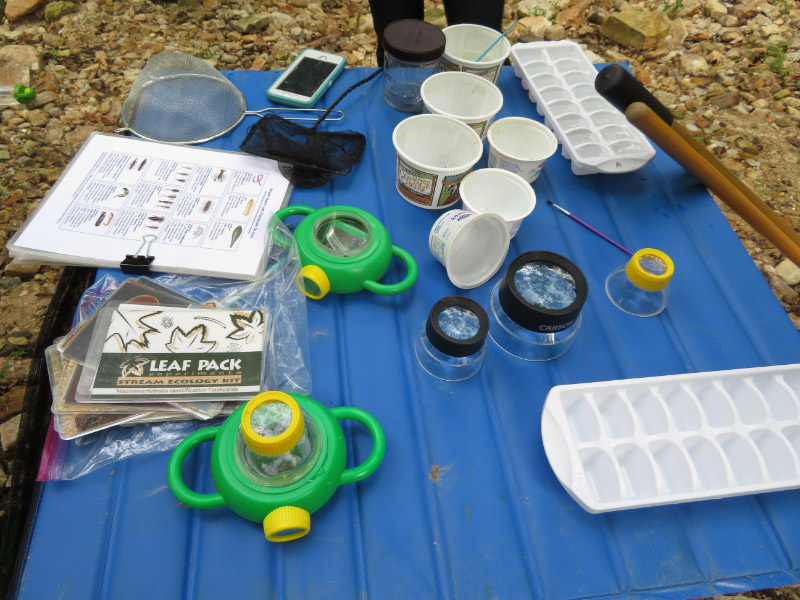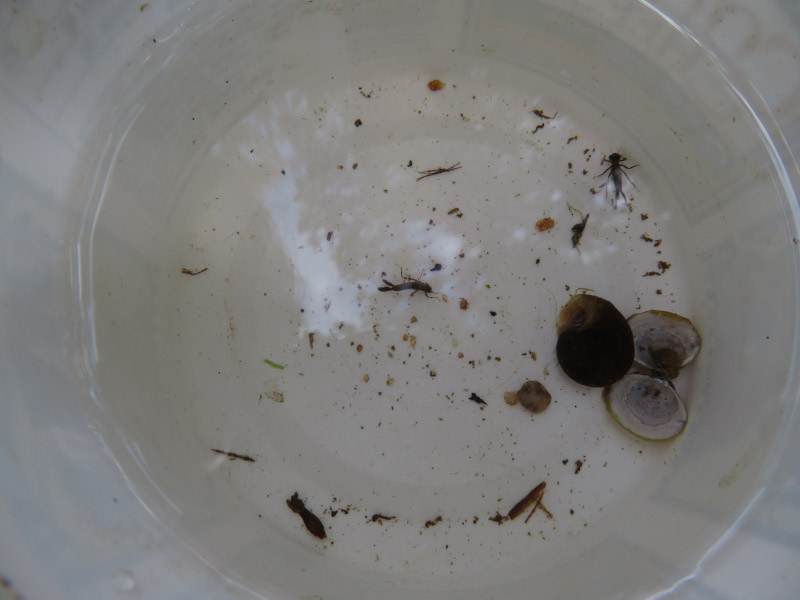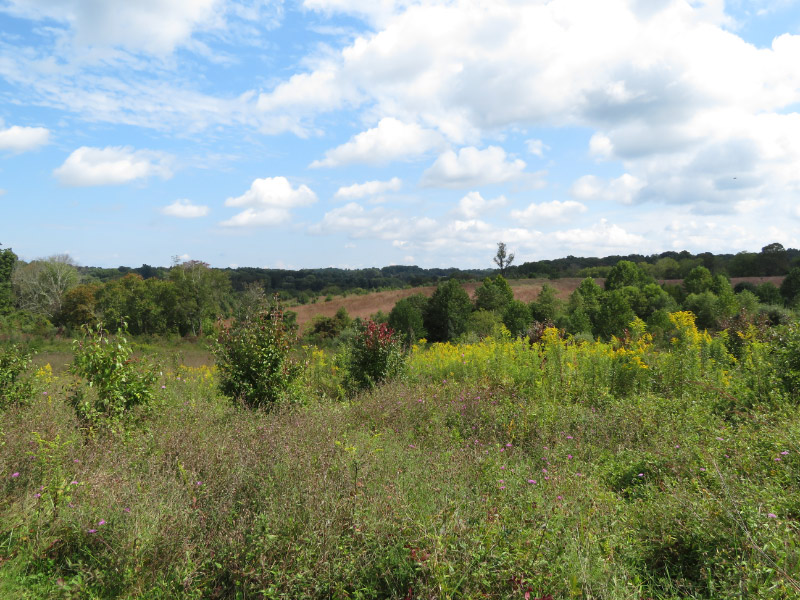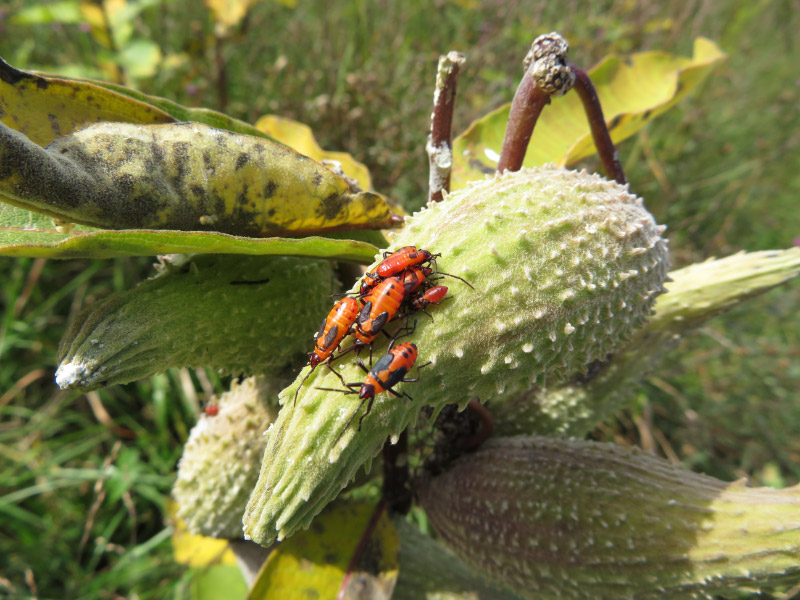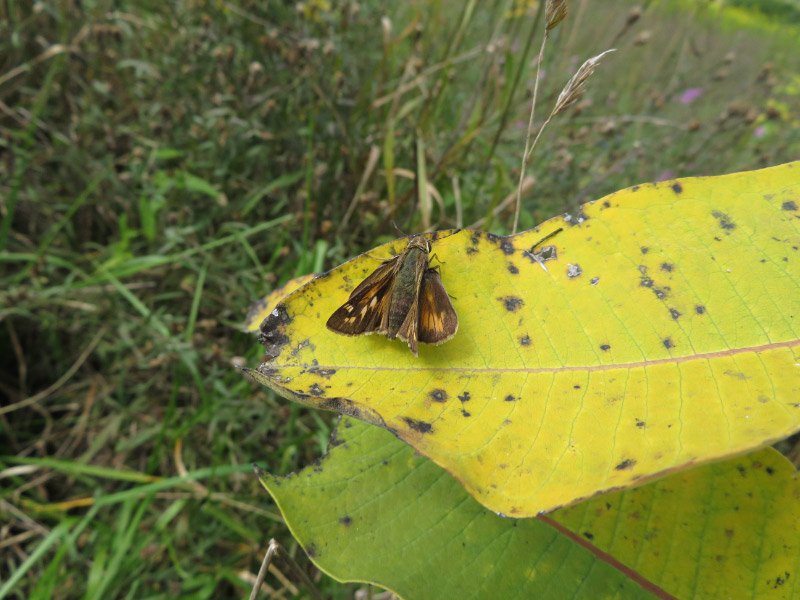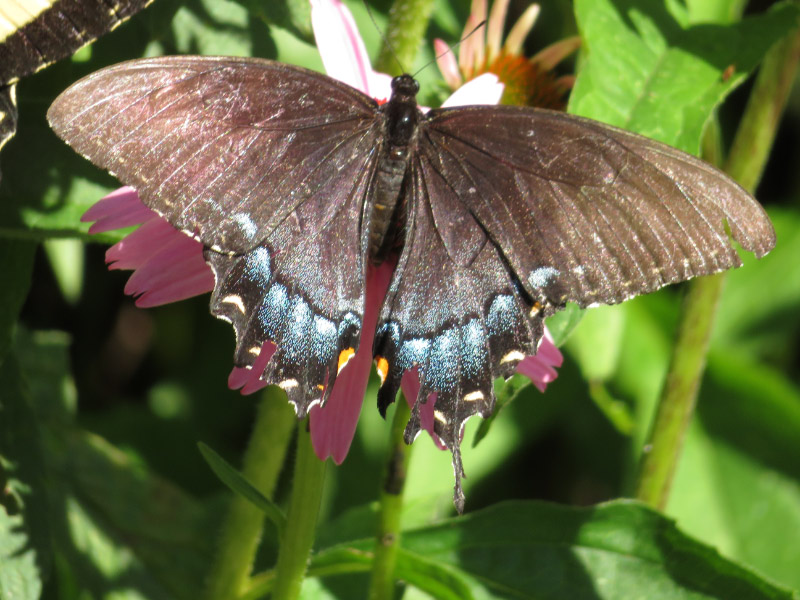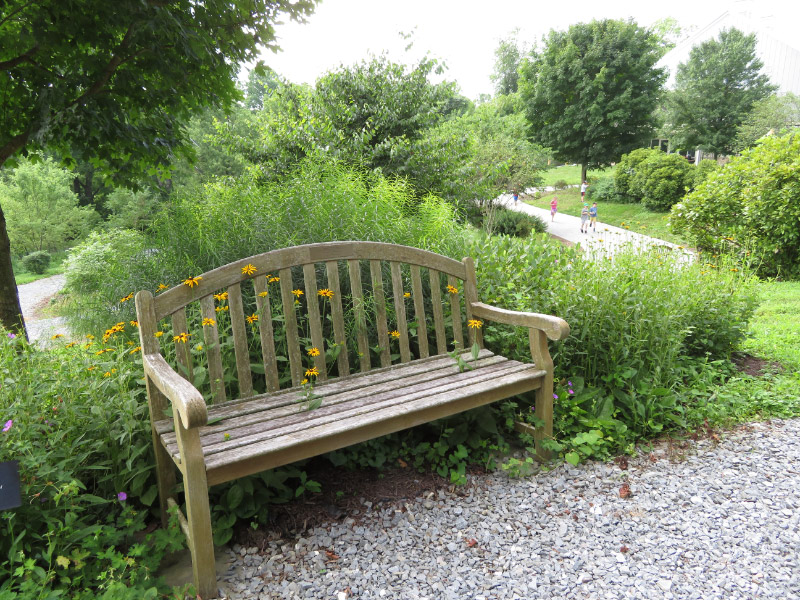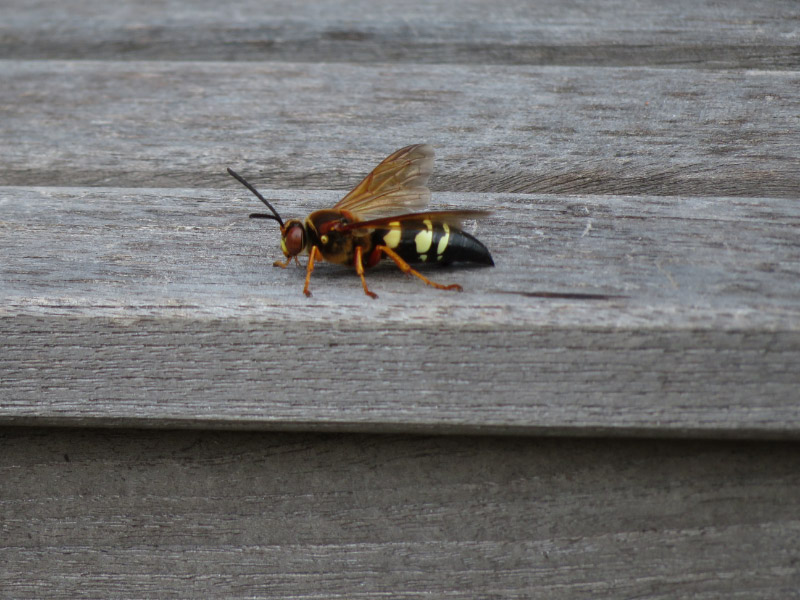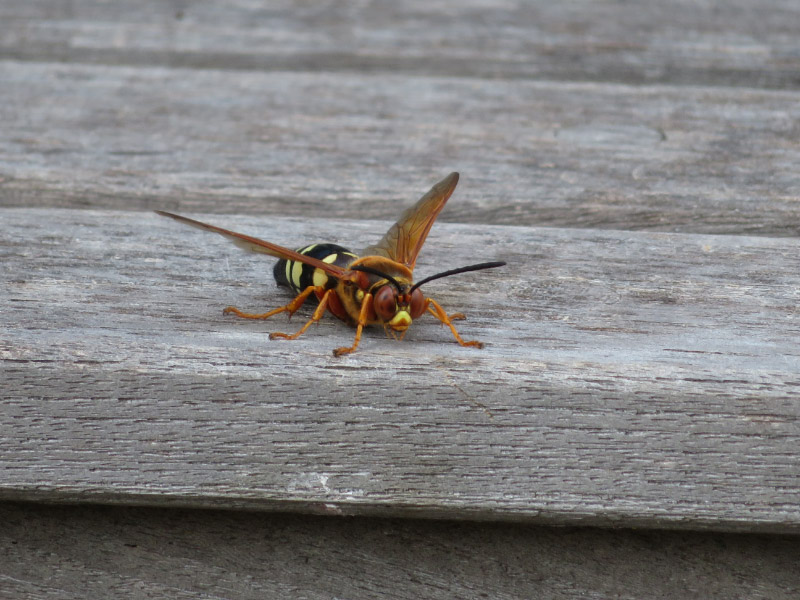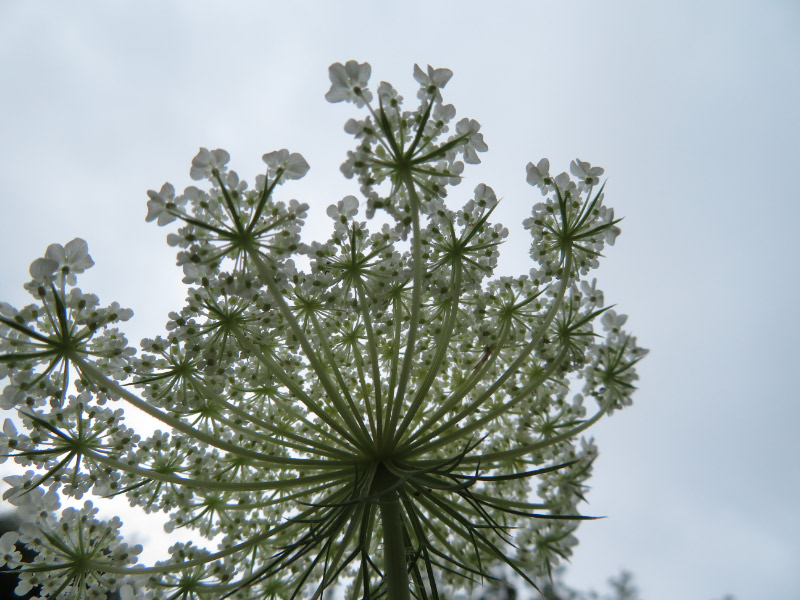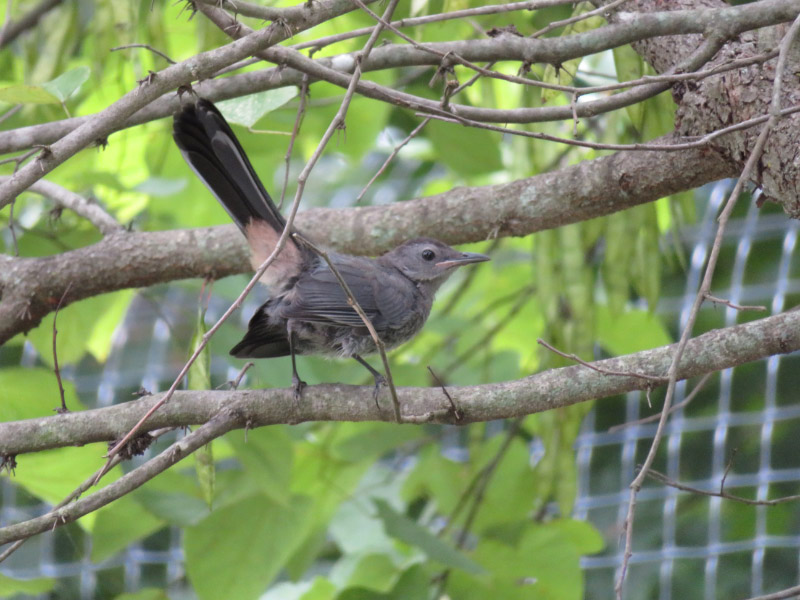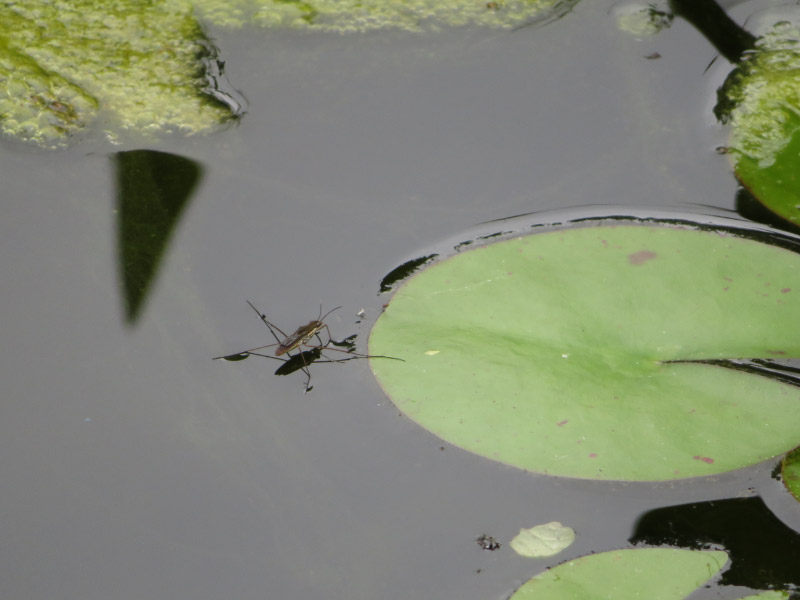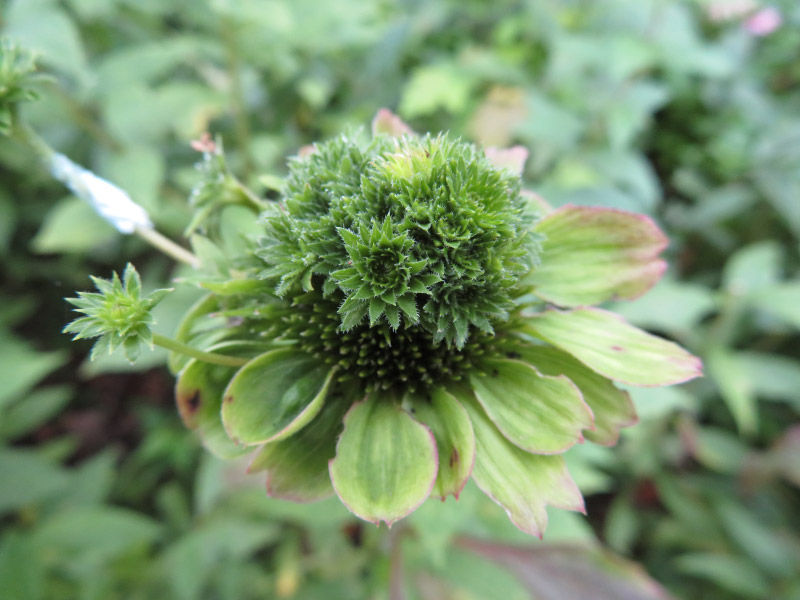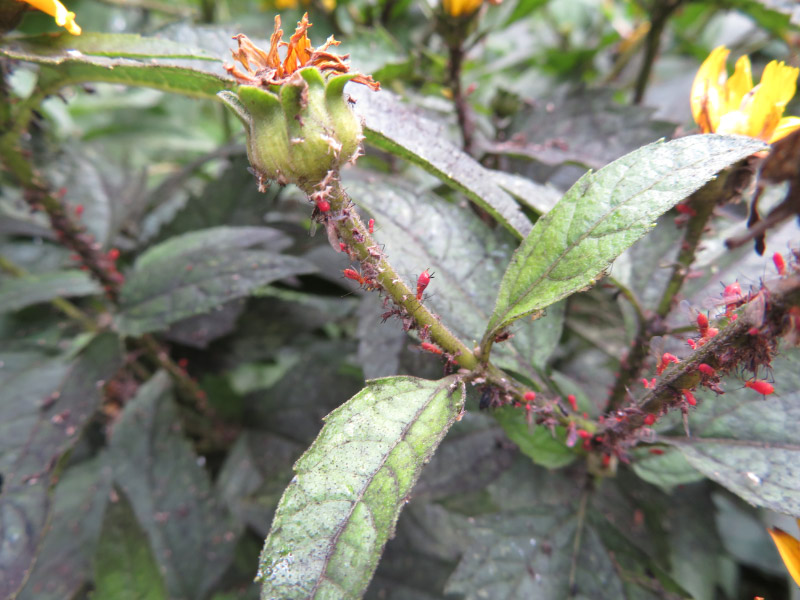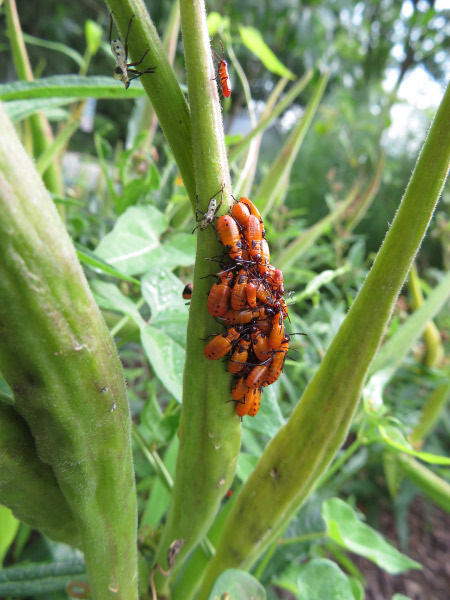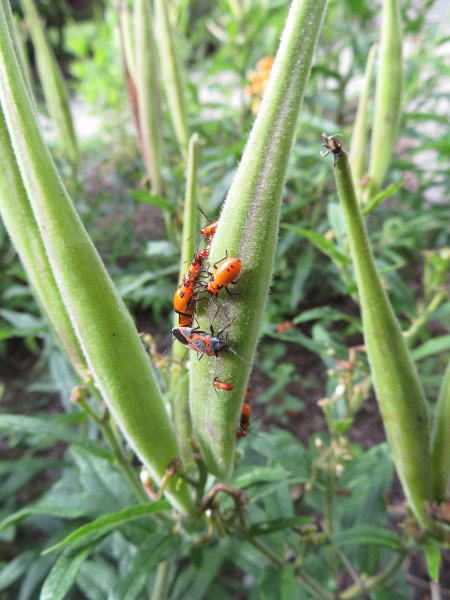Hagerman National Wildlife Refuge – August 2024
/I hadn’t visited Hagerman National Wildlife Refuge since last March – since I shifted my visits to my dad to 2-day road trips…seeing him in the afternoon after a 7 hour drive and the next morning before a 7 hour drive. There has been no time to make the side trip to Hagerman. But this month, I went for more days and made time for a Hagerman stop on the way home. I arrived about 45 minutes past sunrise.
There were still lotuses blooming in one of the ponds…a Great Egret and a Great Blue Heron (with a dragonfly in the air) were in the same pond.
There was a juvenile (still had some white splotches) Little Blue Heron on one of the larger ponds that I photographed it with a Great Egret and a Snowy Egret for size comparison.
One of my photos of a Great Egret had a cormorant taking off in the background. Not far away there was a cormorant that was obviously a Neotropic Cormorant. The range map for this species shows that they might be breeding at Hagerman…but are not there year-round.
The pumpjacks in this picture were both active.
There was a small pond that had a lot of birds (herons and egrets). I took a regular image then two panoramic versions.

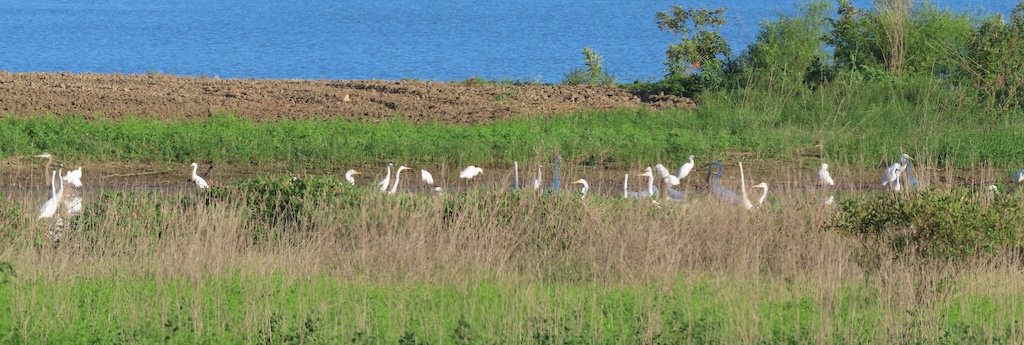

The light was just right for blue water…the magic of the hour after sunrise.
In the pollinator garden near the visitor center (which wouldn’t open until 9…after I continued toward home), I saw a milkweed pod already releasing its seeds with milkweed bugs in various stages of development.
Sunflowers are always photogenic…and one of them had a Green Metallic Sweat Bee!
I am not sure what kind of seed pods these are…but the shapes are full of curves.
There were volunteers working in the garden….and turning on sprinklers. The trumpet vine was almost completely desiccated. It has been very hot and dry this August there.
It was a good stop…a nature fix before the 6 more hours of driving to get home.



































